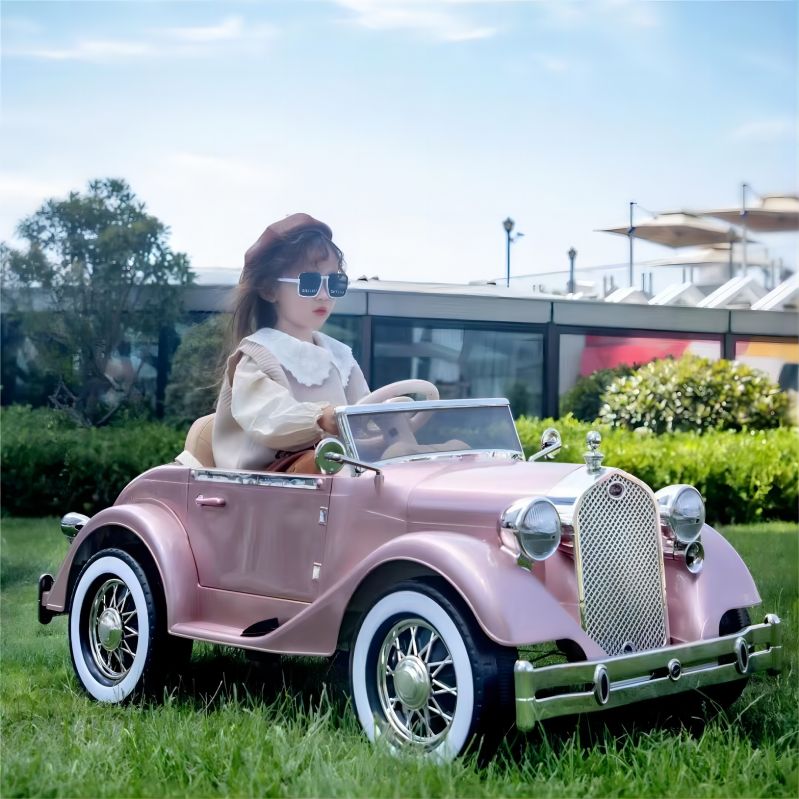Different OEM Baby Stroller Types You Need to Know About Today
Understanding OEM Types of Baby Strollers
When it comes to selecting baby strollers, parents often seek not only functionality and safety but also styles that fit their lifestyles. Original Equipment Manufacturer (OEM) types of baby strollers have become a significant part of this market, promising a blend of quality, customization, and cost-effectiveness. In this article, we will explore the various OEM types of baby strollers, highlighting their features and helping you make an informed decision for your little one.
What are OEM Baby Strollers?
OEM baby strollers are produced by manufacturers who design and assemble products on behalf of other companies. These strollers often carry the branding of a specific retailer but are manufactured based on predetermined specifications. This allows brands to offer a diverse range of styles without having to invest heavily in production facilities or processes.
Types of OEM Baby Strollers
1. Standard Strollers Standard strollers are perhaps the most recognizable type. They feature a simple design with a canopy for shade, seating for one or two children, and often a storage compartment underneath. OEM manufacturers often offer various colors and fabrics for these strollers, providing brands the flexibility to cater to different tastes. The simplicity of standard strollers makes them suitable for everyday use, and they typically weight less than other types.
2. Travel Systems A travel system combines an infant car seat with a stroller, allowing for easy transitions between the vehicle and the stroller. This type is particularly popular among new parents who appreciate the convenience of moving an infant without disturbing their sleep. OEM baby stroller manufacturers often collaborate with car seat manufacturers to ensure compatibility, providing a seamless travel experience.
3. Lightweight Strollers Also known as umbrella strollers, lightweight strollers are ideal for families on the go. They are compact, easy to fold, and designed for minimalistic use. OEM brands often focus on creating models that are not only lightweight but also durable and easy to maneuver. Parents love these strollers for their convenience in urban settings and during travel.
4. Jogging Strollers For active parents, jogging strollers are a popular choice. These strollers are specifically designed to handle rough terrain and support a faster pace, with features like larger wheels and a fixed front wheel for stability. OEM manufacturers are increasingly focusing on safety features, such as hand brakes and reflective materials, to ensure that these strollers meet the demands of active lifestyles.
5. Convertible Strollers Convertible strollers can adapt to the needs of growing families. They can be used as a single stroller or converted into a double stroller for siblings or twins. Many OEM manufacturers create customizable features, such as removable seats and adjustable handlebars, allowing parents to personalize their strollers according to their needs.
Advantages of OEM Baby Strollers
oem types of baby strollers

- Cost-Effectiveness One of the primary benefits of choosing OEM baby strollers is the price. These strollers are typically more affordable than their non-OEM counterparts, allowing parents to save on baby gear without sacrificing quality.
- Customization Many OEM manufacturers offer a range of designs, colors, and features that can be tailored to different brands. This ability to customize ensures that parents find a stroller that suits their aesthetics and practical needs.
- Quality Assurance OEMs are often committed to maintaining high standards of quality. They invest in the latest technology and materials, ensuring that the strollers they produce meet safety regulations and perform well in various conditions.
Tips for Choosing the Right OEM Baby Stroller
1. Consider Your Lifestyle Think about where you will primarily use the stroller. If you live in a city, a lightweight or travel system might be more beneficial. For outdoor activities, consider a jogging stroller.
2. Safety Features Look for strollers that have passed safety testing. Features like secure harnesses, brakes, and a sturdy frame are crucial.
3. Storage Ensure the stroller has ample storage space for everything you might need while out with your baby, including diaper bags, snacks, and toys.
4. Ease of Use Check for features like easy folding mechanisms, adjustable handles, and maneuverability. These factors can make a significant difference in everyday use.
Conclusion
OEM baby strollers offer a variety of options that cater to different needs and lifestyles. By understanding the various types available and considering your specific requirements, you can make a more informed choice that will benefit both you and your child. The right stroller not only enhances convenience but also ensures that your baby travels safely and comfortably, making new adventures together all the more enjoyable.
-
Kids battery power car baby four-wheel off-road vehicle children electric toy carNewsMar.07,2025
-
New Hot Design Factory Wholesale Light Weight Small Folding Size Baby StrollerNewsMar.07,2025
-
2022 newest factory boys and girls powerful battery operated 4-wheel ride on electric carNewsMar.07,2025
-
2022 newest factory boys and girls powerful battery operated 4-wheel ride on electric carNewsMar.07,2025
-
Kids battery power car baby four-wheel off-road vehicle children electric toy carNewsMar.07,2025
-
toddler electric atvs manufacturerNewsMar.07,2025
